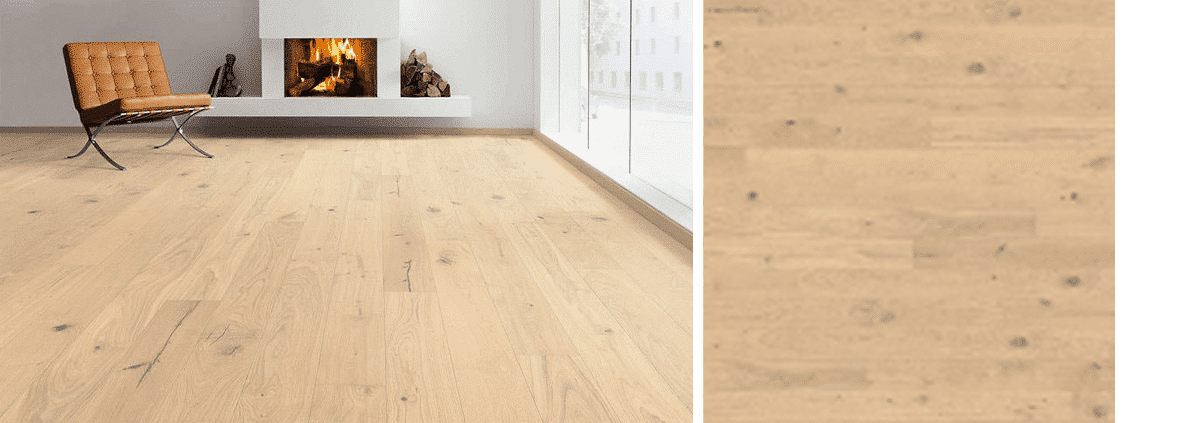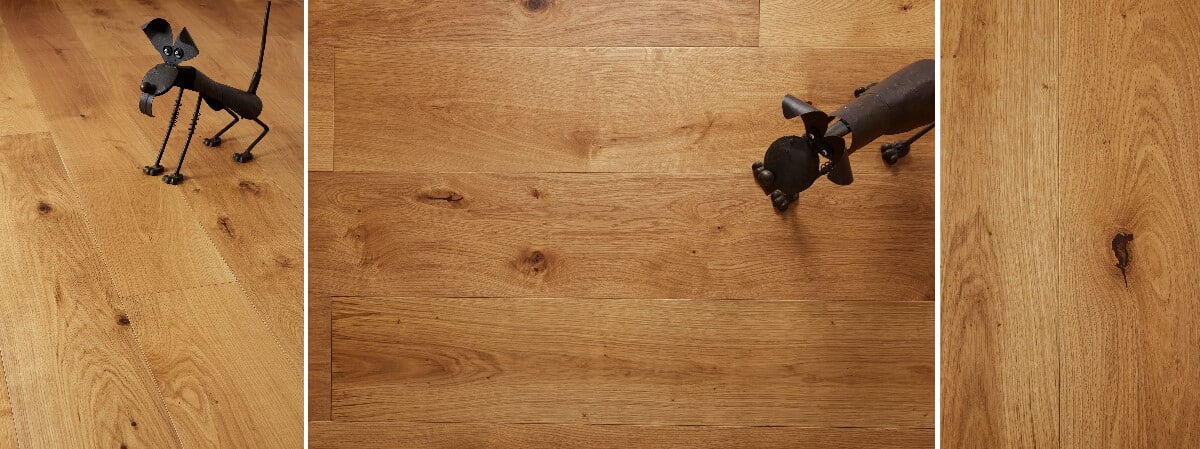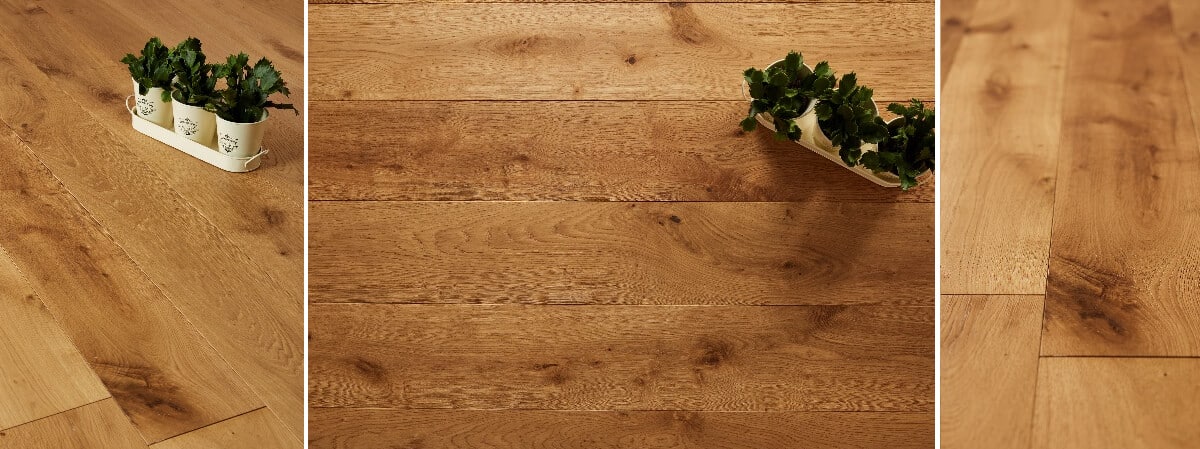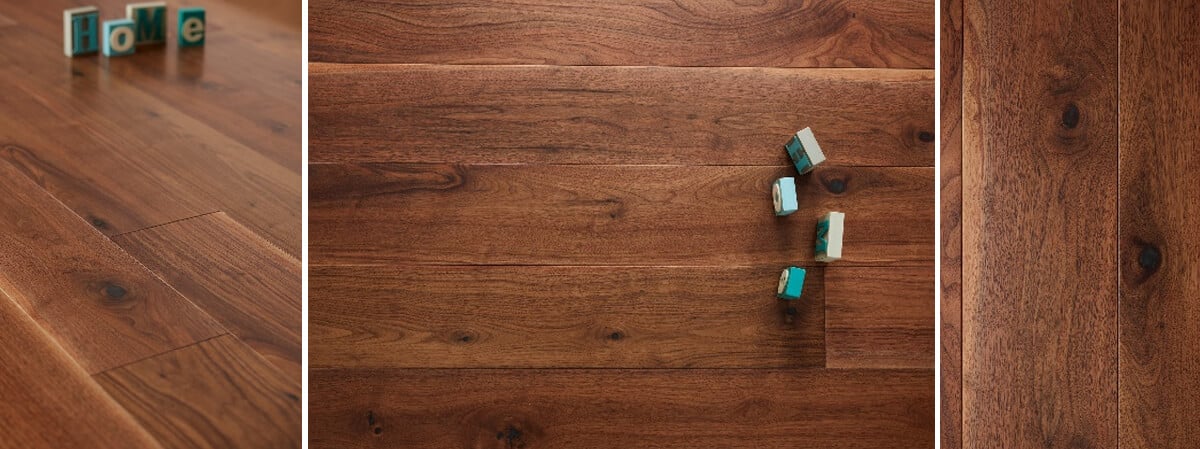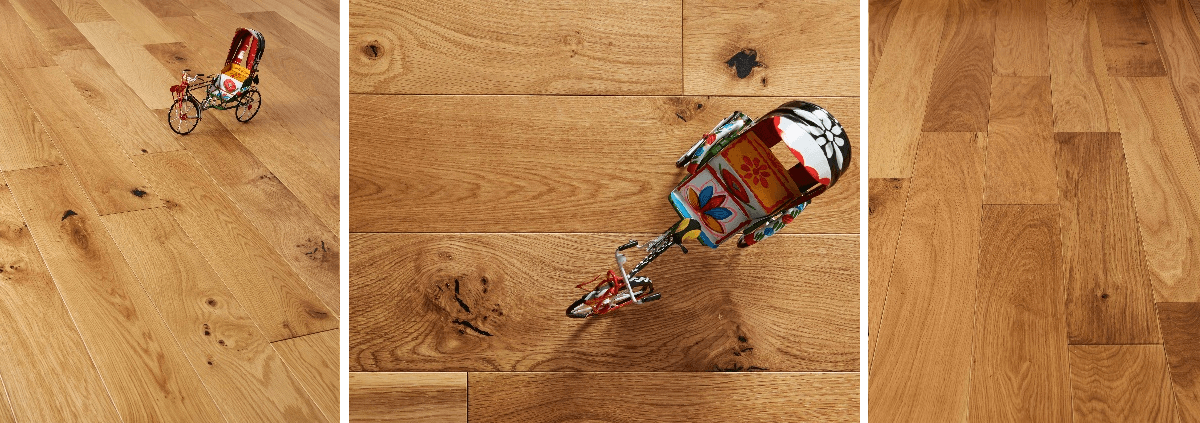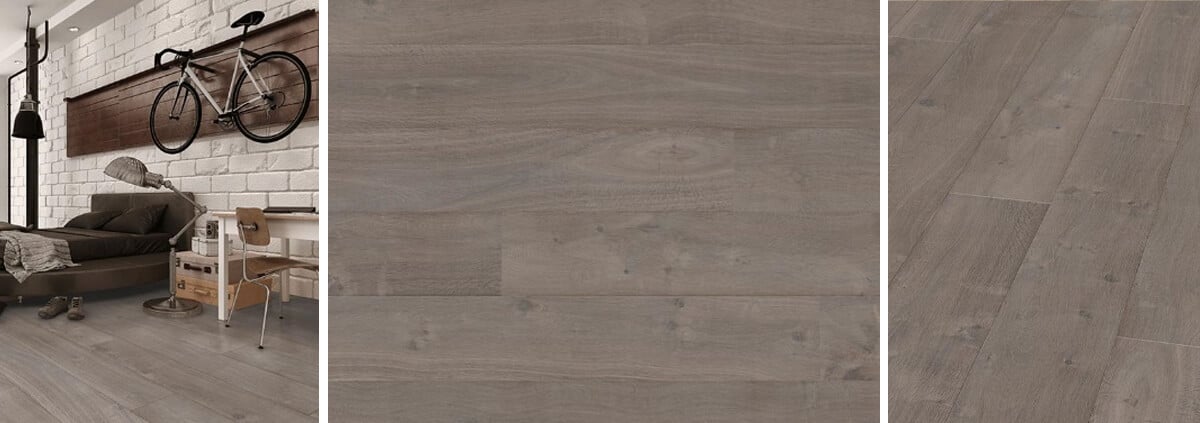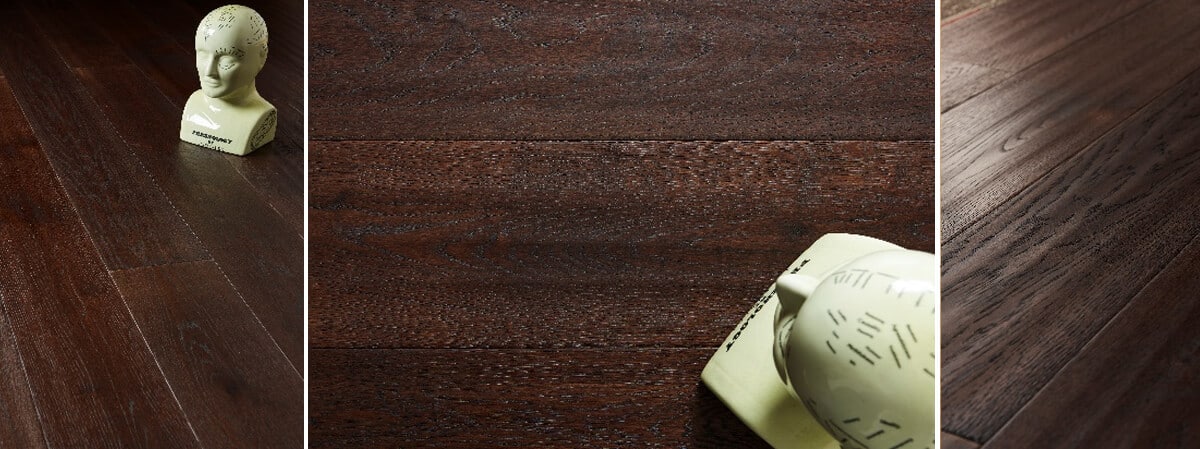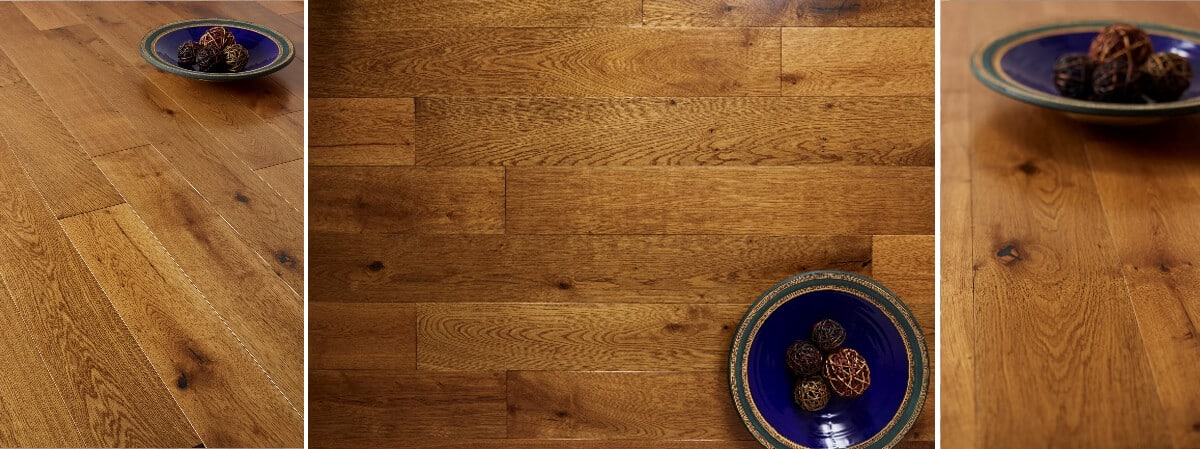recoating hardwood floors: 9 Expert Tips
Recoating Hardwood Floors: Complete London Guide
Why Recoating Hardwood Floors Matters in London
London’s housing stock ranges from Victorian terraces in Islington to waterside lofts in Canary Wharf, yet all share one attraction: real wood underfoot. Daily footfall, airborne soot, and fluctuating humidity steadily wear away the factory-applied finish. A timely recoat—a fresh layer of polyurethane or hard-wax oil—locks contaminants out, revives colour, and extends service life without removing valuable timber. The NWFA best-practice manual confirms that recoating can double the interval before sanding is required.
Property owners sometimes confuse sanding with recoating. Sanding removes up to 1 mm of precious wood; recoating simply overlays protection, making it perfect for classic oak in Greenwich or engineered planks in Stratford. Because the process avoids heavy drum machines, it is faster, quieter, and produces minimal dust—an advantage in boroughs where opening windows is restricted by traffic fumes.
Most importantly, recoating preserves the visual language of London interiors. Whether you favour minimalist Scandinavian décor in Shoreditch or heritage herringbone in Chelsea, the sheen you choose determines how light dances across the room. A satin finish softens harsh sun over the Thames, while high-gloss adds drama to Mayfair showrooms. If you love parquet, explore our Apsley herringbone collection; recoating those intricate blocks keeps London style alive without the cost and carbon footprint of full replacement.
Signs Your London Floors Need Recoating
High-Traffic Apartments
Compact flats channel footfall into tight corridors that magnify scuffing. Run the back of your hand across the finish; if grain feels exposed yet no splinters appear, it is time to recoat. Visual cues include dull patches near entryways, hairline scratches around dining tables, and uneven darkening after mopping.
Suburban Houses
Semi-detached homes in Richmond or Croydon often carry grit indoors from patios. After winter, inspect for micro-white lines along board edges. These oxidation marks disappear once a fresh coat is applied. Where boards have greyed, our Loch Rannoch smoked oak masks minor colour shift.
- Water test: A teaspoon of water that disappears within 30 seconds signals low finish integrity.
- Gloss reading: A handheld meter below 35 GU (satin) indicates it is time to recoat.
- Colour shift: Grey areas near radiators benefit from a new top coat.
Ignoring these signs invites deeper scratches that require sanding. Timely maintenance every three to five years in London’s variable climate keeps timber resilient against moisture and smog.
Benefits of Recoating Over Replacement
Environmental Wins
Demand for sustainable living is high from Hackney to Hampstead. Recoating avoids sending usable timber to landfill and slashes CO2 associated with milling new boards. Choosing wood sourced under FSC certification further reduces environmental impact.
Financial Savings
Replacing oak planks can cost £90–£150 per m² in the capital. A professional recoat averages £18–£30, leaving budget for other renovations.
Time Efficiency
Full replacement may require a week-long evacuation. Most Zone 1–3 flats are usable the next day after recoating.
Step-by-Step Process
1. Site Survey
Every project starts with moisture and finish compatibility tests. For the science behind this, see the TRADA guide on timber moisture. Curious about our craftsmanship? View recent projects in our installation gallery.
2. Deep Clean & Abrade
Surfaces are degreased with pH-neutral cleaner, then lightly abraded with a maroon pad to promote adhesion.
3. Dust Containment
HEPA-filtered vacuums protect indoor air quality, complementing UK Government IAQ guidance.
4. Apply New Finish
Depending on the existing sealant, we roll water-based polyurethane or buff hard-wax oil. Both dry quickly, allowing staged room access.
5. Curing & Inspection
London’s average indoor temperature of 20 °C aids rapid curing, yet we recommend sock-only traffic for 24 hours. A final walkthrough confirms uniform sheen and edge detail.
Understanding Finish Options
Water-Based Polyurethane
Low-VOC solutions keep odour minimal and maintain a crystal-clear tone that flatters pale Scandinavian oak.
Oil-Modified Polyurethane
Edwardian villas in Muswell Hill benefit from the warm amber hues of oil-based finishes, albeit with longer dry times.
Hard-Wax Oils
Artisans in Hackney studios favour hard-wax oil for its tactile, ultra-matte look. Our Hardwick herringbone oak pairs beautifully with this natural finish.
Cost Comparison
| Service | Average Price (per m²) | Downtime |
|---|---|---|
| Recoating | £18–£30 | 12–24 hours |
| Sand & Refinish | £40–£55 | 48–72 hours |
| Full Replacement | £90–£150 | 5–7 days |
Because recoating skips aggressive sanding, you save on labour, machinery hire, and electricity.
DIY vs Professional
DIY Challenges
- Lugging buffers up narrow staircases
- Risk of swirl marks visible under spotlights
- No insurance cover for accidental damage
Professional Advantages
- NVQ-qualified installers
- Industrial vacuums and certified materials
- Manufacturer-backed warranties
Given London’s premium property prices, hiring professionals safeguards your investment and ensures a finish that withstands Thames-side humidity.
Caring for Your Recoated Floor
Daily
Use microfibre mops to lift dust; avoid steam cleaners that force moisture into the finish.
Weekly
- Vacuum with a soft-brush head
- Damp mop with pH-neutral cleaner
- Rotate rugs to balance UV exposure
Seasonal
Maintain indoor humidity between 40 – 60 % to keep boards stable. Humidifiers in winter and dehumidifiers in summer guard your recoat.
Ready To Refresh Your Floors?
Call 07940 528 315 or email enquiries@nhfcompany.co.uk for a free survey within 24 hours. Join hundreds of Londoners who have protected their investment through smart, sustainable recoating.


